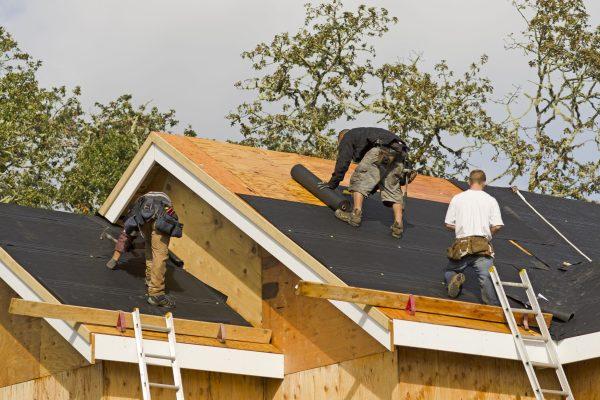Top 10 Roof Repair Tips for Homeowners in 2025

Keeping your roof in top shape is essential to protecting your home from water damage, energy loss, and structural issues. As we move through 2025, unpredictable weather, aging materials, and rising maintenance costs make timely roof repair more important than ever—especially in areas like Aurora, CO, where seasonal storms and fluctuating temperatures take their toll.
Whether you're dealing with minor wear or an urgent issue, knowing how to identify problems early and respond appropriately can save you thousands. Here are the top 10 tips every homeowner should know this year to keep their roof safe, secure, and long-lasting.
1. Inspect Your Roof Twice a Year
Routine checks are key. Do a full inspection each spring and fall to spot issues before they grow. Look for loose shingles, pooling water, and signs of sagging. In Aurora, CO, it's especially important to inspect after hailstorms or heavy snow.
2. Address Leaks Immediately
A leaky roof fix should never be delayed. Even a small leak can lead to mold, damaged insulation, or rotted wood. Check attic ceilings and crawl spaces for damp spots or stains, and act quickly if you see water intrusion.
3. Use Quality Roof Patching Materials
When performing temporary roof patching, use high-grade materials that can handle Colorado’s weather shifts. A proper sealant or patching kit can prevent further damage until a permanent solution is installed.
4. Replace Missing or Damaged Shingles Promptly
Missing shingles expose your roof deck to the elements. A small shingle roof repair job today can prevent a major structural issue tomorrow. Use matching shingles for a uniform appearance and better protection.
5. Don’t Ignore Flashing Damage
Roof flashing repair is one of the most overlooked tasks. Flashing is the metal strip around vents, chimneys, and skylights that prevents water from seeping in. Check for rust, cracks, or lifting, especially after severe weather.
6. Clear Debris Regularly
Leaves, twigs, and dirt can trap moisture and accelerate wear. Clear debris from gutters, valleys, and flat sections to prevent water pooling and rot. This simple maintenance step goes a long way toward preserving your roof.
7. Be Prepared for Emergency Roof Repair
Storms and sudden damage require immediate attention. Keep a basic emergency roof repair kit on hand with tarps, roofing nails, and sealant. If damage occurs during harsh weather, a temporary cover can help prevent further interior damage
8. Avoid Pressure Washing
Though it may seem like a good idea, pressure washing can damage shingles and strip protective granules. Instead, use a soft-brush broom and a gentle cleaner if you need to remove moss or mildew.
9. Keep Gutters Clean and Functional
Clogged gutters can cause water to back up under your roofing material. Cleaning them regularly helps prevent leaks and sagging at the roof’s edge. Check that downspouts are clear and water is draining away from the foundation.
10. Hire Professionals for Major Repairs
While minor maintenance can be done yourself, major repairs should always be left to experienced professionals. A certified crew—like the experts at Weaver Construction LLC—can ensure the job is done right, safely, and in compliance with 2025 building standards.
Final Thoughts
In a year where energy efficiency, weather resistance, and proactive maintenance are more important than ever, staying on top of roof repair can protect your home and save you money. From small shingle replacements to flashing fixes and emergency patches, the key is early detection and swift action.
For homeowners in Aurora, CO, following these ten essential tips can extend the life of your roof and help avoid costly repairs down the road. When in doubt, trust a licensed professional to provide honest advice and reliable solutions tailored to your specific needs.
Frequently Asked Questions
1. How often should I inspect my roof for damage?
Twice a year—typically in the spring and fall. Also inspect after major storms.
2. Can I patch a roof leak myself?
For small leaks, yes. Use proper materials and sealants. But consult a professional if the damage is widespread.
3. How do I know if my flashing is failing?
Look for rust, cracks, or loose metal around vents, chimneys, and skylights.
4. Is it safe to walk on my roof during an inspection?
Only if you have proper safety equipment. Otherwise, use binoculars or hire an inspector.
5. When should I call a professional?
If you're unsure about the damage, notice recurring leaks, or if structural issues are present.
- Art
- Causes
- Best Offers
- Crafts
- Dance
- Drinks
- Film
- Fitness
- Food
- Jocuri
- Festival
- Gardening
- Health
- Home
- Literature
- Music
- Networking
- Alte
- Party
- Religion
- Shopping
- Sports
- Theater
- Wellness



